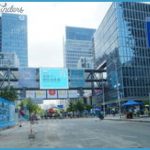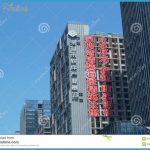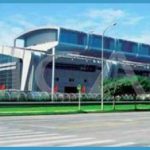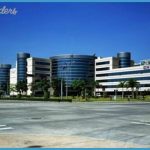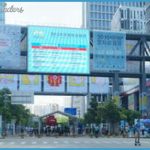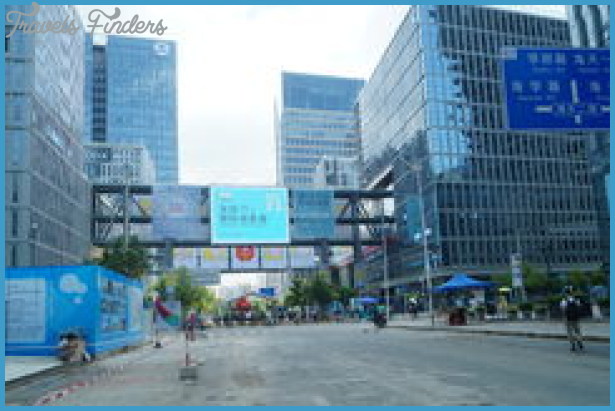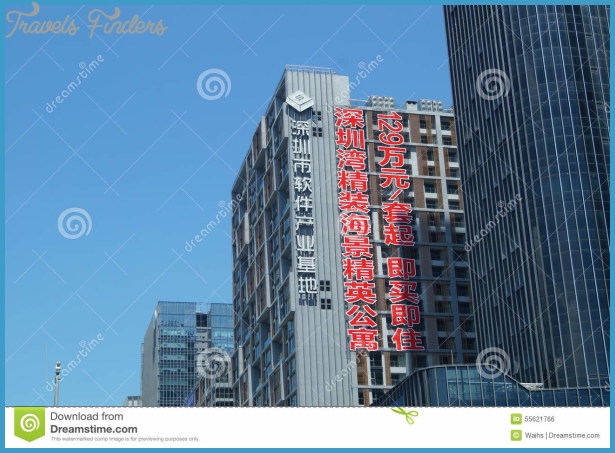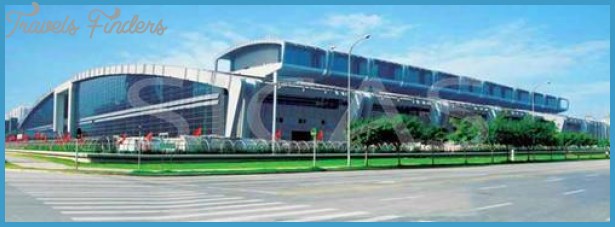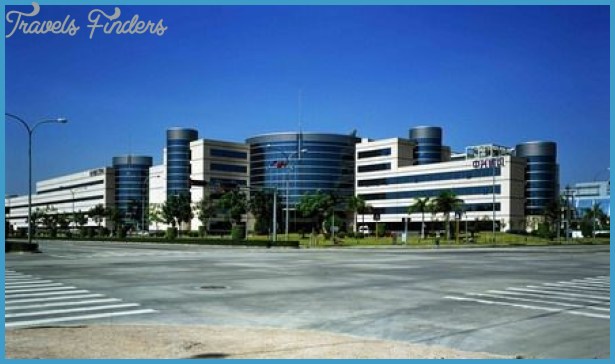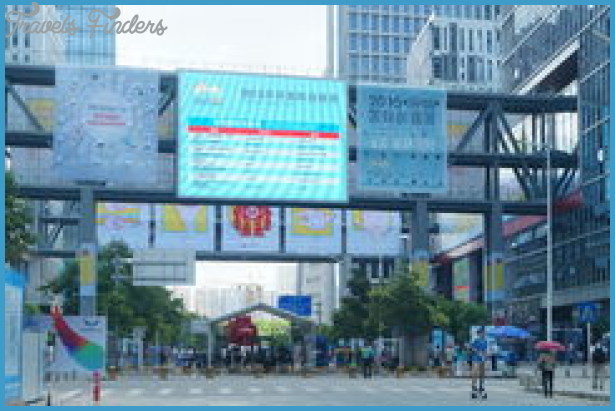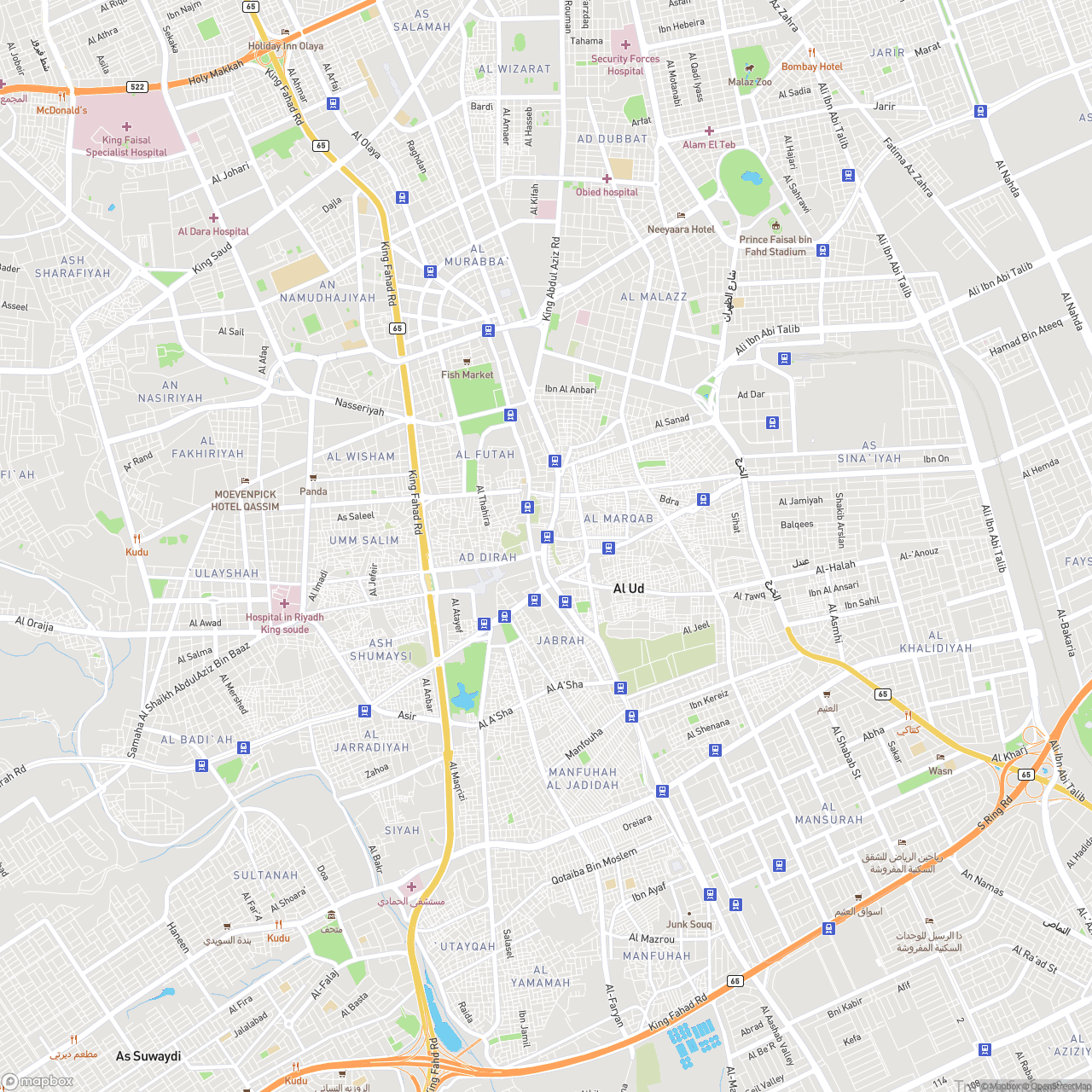There are some interesting myths current about China’s development. Only yesterday we were listening to a highly respected international economist on the BBC opining that although the Chinese were good at screwing little things together, without the help of a foreign joint venture partner they couldn’t build an internal combustion engine. Just dumb people really. We’re the clever ones. They just do the drone work.
Or the Hong Kong economist who showed us a number of impressive slides demonstrating that the number of engineers coming out of Chinese universities was overtaking the number of new engineers from American universities, while at the same time reassuring us that the Chinese engineers were only mechanical and civil engineers, and that electrical engineering was a closed book to them.
Meanwhile in the Land of Reality strange and entirely unanticipated things were happening at the Shenzhen Hi-Tech Zone at Nanshan. The zone grew up, partly accidentally and partly planned, on the Nanshan site right next to Shenzhen University. This was part of the same process, which saw the creation of the Beijing suburb of Haidian next to Peking, and Tsinghua Universities transformed from a rural village into a centre of research and development housed in multiple 20-storey buildings. However, unlike Beijing and many other Chinese cities, Shenzhen from the start was a centre of electronic manufacture, which gradually developed into the world’s hardware capitol. You only have to look at some of the first companies listed on the Shenzhen Stock Exchange to see the preponderance of electronics companies amongst them. TV manufacturer Konka Shenzhen’s first Sino-Foreign Joint Venture and the Shenzhen Electronics Group itself demonstrated the city’s commitment to the hi-tech industries. And despite what the well-informed economists may tell us, it’s difficult for a major centre of the world’s electronics industry to be removed from R & D.
This process has accelerated in recent years. Growth in sales in Shenzhen’s main electronics companies has been unbelievably rapid. Between 2006 and 2007, the sales of the biggest manufacturer Huawei increased by a whopping 49% to US$12.6 billion. Sales by ZTE grew at a similarly rapid rate from a 2006 base of US$3 billion. These companies, Huawei, which is based in Bantian, Longgang District and ZTE, which is based in the Hi-tech Zone, are now the second and fifth largest telecoms equipment manufacturing companies in the world measured by sales. In several respects they top the world. And if you think it’s just monkey see, monkey do, as many vocal and ill-informed economists tend to believe, ponder the fact that in 2012, ZTE and Huawei, with 7,551 and 7,227 applications respectively, were the most prolific patent applicants in the world. The closest American applicant was Qualcomm with 6,528 applications. Robert Bosch leads Germany’s R & D with 6,480 applications followed by Siemens with 4,555 applications. In 2012 patent applications from China grew by 24%. The growth figure for the whole world was 9.2% and, for the United States 7.8%. Haven’t heard of Huawei and ZTE? It’s as if Japan had got to 1977 without anybody ever having heard of Sony or Sanyo.
In world electronics industry terms both companies are mere babes in arms. ZTE was established in 1985 and Huawei in 1988. Both have slightly mysterious military ties but in fundamentally different ways. ZTE’s original capital seems to have been subscribed in a fairly straightforward way by military units. Huawei’s founder Ren Zhengfei joined the military in an electronics research capacity on graduation from University, but his dubious family background his family had worked for the KMT during the civil war and had been declared Rightists in 1958 meant that he had to rely on personal qualities to get military backing for his planned venture. It appears that there are still problems with the form of his original share issues, which may be one of the reasons why Huawei has not achieved listed company status. This is an issue for a company of this size that is growing at such a rapid rate. Multiple rumors, none of which we will feed, abound as to how Huawei manages the financial process of rapid growth
Huawei takes other issues of rapid growth very seriously. One measure that it took was to import huge numbers of experienced managers from IBM to consult and reengineer the company. The IBM people would often comment that the way in which IBM tackled a particular problem wasn’t very good. The Huawei managers replied that they should show them how they did it and they could change it later.
Make sure you go to the Hi-tech Zone if only to take in some of the frenetic atmosphere of one of the world’s great centres of the electronics industry. The surroundings are green and clean, the architecture is new and challenging and the atmosphere of excitement is contagious.
Address: South of Shennan Ave. Nanshan.
Metro: Ke Ji Yuan line 1


